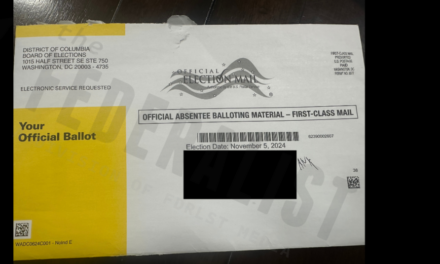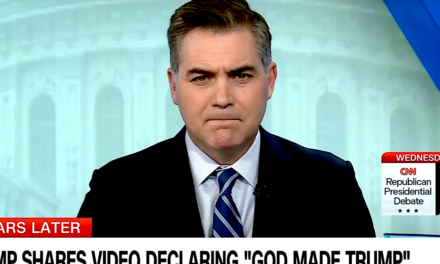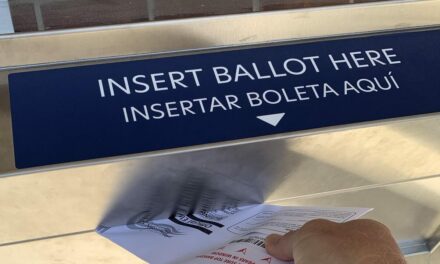We support our Publishers and Content Creators. You can view this story on their website by CLICKING HERE.
More than two and a half years in, the war in Ukraine has taken or crippled hundreds of thousands of lives, with no end in sight. Deep mistrust, changing prospects along the frontlines, and grinding battles like those at Vuhledar and Bakhmut all contribute to driving Ukrainian President Volodymyr Zelensky and Russian President Vladimir Putin away from the negotiating table. Yet while Russia’s invasion is the fundamental cause of the conflict, both Moscow and Ukraine’s Western allies have contributed to preventing peace, sometimes intentionally, other times indirectly.
In the first few months of the war, a genuine opportunity for a swift and peaceful resolution emerged. Ukrainian and Russian negotiators met in Turkey and Belarus to discuss terms, with Kyiv exploring the idea of rejecting NATO membership and giving up some territory in exchange for multilateral security guarantees — a proposal that both sides seemed ready to agree to in principle, despite disagreements on some specifics.
Unfortunately, just as these talks were progressing, hesitant Western nations intervened. The U.S. and U.K., in particular, signaled to Ukraine that negotiating with Russia was premature — an indicator that neither nation was prepared to commit to defend Ukraine as part of a peace deal. Reports suggest then-British Prime Minister Boris Johnson visited Kyiv to communicate to Zelensky that the West was not ready for talks and urged him to push his nation to continue resisting through the promise of continued military aid. The negotiations fell apart soon after. We’ll never know if disagreements in the proposal would have been resolved, or if Russia would have honored the deal — but the closest path to peace early in the war was lost.
Continued Aid Staves Off Tough Decisions
That continued military aid — a massive $175 billion authorized in response to the conflict to date from the United States alone — has been an important factor in helping Ukraine defend its territory, but it has also influenced Kyiv’s reluctance to pursue diplomacy and staved off difficult decisions. The influx of weapons and promises of military assistance “for as long as it takes” have encouraged Ukraine to pursue maximized military gains, even as Kyiv struggles to find fresh conscripts to replenish its armed forces.
Without U.S. aid, Ukraine would likely have faced munitions shortages long before running out of potential personnel and faced the difficult choice of making concessions to end the war. Now, the problem is increasingly unavoidable anyway, only with hundreds of billions of dollars in damage done to Ukraine and roughly 1 million people killed or wounded as the war has dragged on.
Concerns and Mistrust
For its part, Russia has its own concerns it seeks to address, particularly around NATO’s eastward expansion, which it views as a security threat. Putin has framed the war as a defensive response to Western encroachment on Moscow’s sphere of influence. From this perspective, a peace deal would have to include guarantees that Ukraine would not gain NATO membership — something Ukraine is reluctant to give up, and which NATO has been hesitant to truly offer, outside of vague promises to Kyiv.
Finally, deeply rooted mutual mistrust has fueled the war for so long. Ukraine is unwilling to trust that Russia will respect any peace agreement, especially if it involves territorial concessions in the Donbas or Crimea. Russia, on the other hand, doubts that the West would uphold a commitment to limit NATO or American presence in Ukraine.
Despite maximal claims on both sides, a realistic way forward would need to involve concessions from everyone involved.
Options
Russia could withdraw from parts of Ukrainian territory occupied after 2022, giving up on some of the provinces they have less control over. Ukraine would need to accept neutral status, standing apart from both NATO and Russia, similar to Austria or Finland — both prosperous nations — during the Cold War.
Such a deal would not be easy to sell to any party. Ukraine would be accepting a more neutral position, Russia would lose ground, and the West would likely have to commit to a long-term security role for Ukraine without formal alliance status. Nevertheless, it is the most realistic path towards an end to the fighting.
Both sides face mounting economic and military pressures. Without a shift towards diplomacy, the conflict risks becoming an even more entrenched stalemate, with dire consequences for Ukraine and the region — or a disastrous escalation by either side to try and change the landscape on the battlefield.
Russia has not been willing to pursue peace in good faith. Nevertheless, if both sides are willing to move beyond their current positions and engage in tough compromises, there remains hope that a stable peace can be achieved. What is clear is that military victory is unlikely for either side, and the current path towards endless war will only bring further destruction to Ukrainians and Russians caught in the crossfire.
Robert Clarke is the director of marketing strategy for foreign policy at Stand Together. Follow him on X at @ClarkeDynamics.

 Conservative
Conservative  Search
Search Trending
Trending Current News
Current News 





